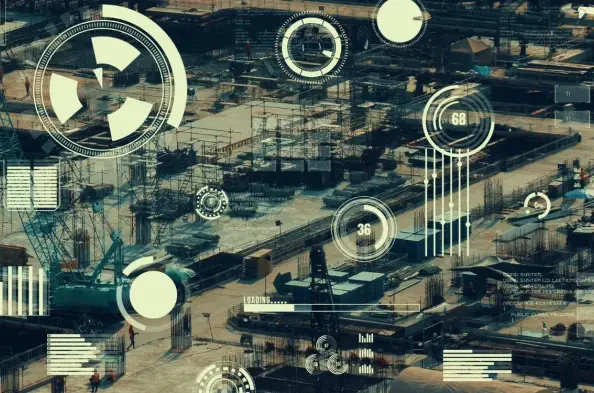Have you ever considered what might happen if the digital systems that sustain modern life were not as secure as they should be? Imagine waking up to headlines about a massive cyberattack crippling a national power grid, leaving millions in darkness. This scenario is far from fiction; it reflects an alarming trend where critical sectors are increasingly at the mercy of cyber adversaries. Surprisingly, the manufacturing sector bears the brunt of this menace, constituting 17% of ransomware attacks globally. This unsettling fact underscores the pressing need for fortified cyber defenses.
The Growing Importance of Securing Our Lifelines
Operational technology (OT) and industrial control systems (ICS) form the backbone of critical sectors such as energy, healthcare, and transportation. These systems ensure that everything, from powering homes to running hospitals, operates smoothly. However, they are increasingly targeted by cyber threats. Real-world incidents such as the attack on the Colonial Pipeline and repeated onslaughts in Ukraine serve as stark reminders of the escalating urgency to protect these lifelines. Reports from cybersecurity authorities like Fortinet and Dragos reveal a discernible upward trend in these attacks, demanding immediate attention and action.
Navigating the Cyber Domain: Understanding the Threat Landscape
An inherent challenge lies in the existing gaps in security postures, often stemming from outdated technology and insufficient budgets. The dangers posed by sophisticated ransomware and espionage campaigns are evident. Historical incidents, like the 2010 Stuxnet virus attack on Iran’s nuclear program, highlight the longstanding nature of such threats. Recent nation-state attacks showcase a broader narrative of geopolitical strategies that extend into critical infrastructure, targeting the very systems that keep a nation functioning.
Industry Insights: Expert Perspectives on Readiness and Risk
Derek Manky from Fortinet articulates the reality that many organizations remain underprepared, despite advances in cybersecurity tools. Insightful research from agencies like DARPA and initiatives such as CIRCIA highlights this risk and the predictive steps needed to counter it. Experts advocate for a convergence between IT and OT departments, bridging security gaps and fostering collaboration. This synergy could be the key to implementing robust defense strategies, elucidating the path forward for a sector still struggling to meet modern challenges.
Building Solutions: Proactive Strategies to Thwart Threats
The development and implementation of machine learning-based threat detection are pivotal in addressing these vulnerabilities. By fostering collaboration between IT and OT departments, organizations can craft frameworks that enhance security measures. Tailored threat intelligence, alongside improved governance and regulatory alignment, propels the maturity of cybersecurity practices. Such engagement is vital for the evolution of protective strategies capable of outpacing ever-evolving threats.
In conclusion, the need to protect critical infrastructure from cyber threats is crucial. Despite heightened awareness and legislative measures, defenses still struggle to catch up with the sophistication of cyber threats. The path to safeguarding these indispensable systems involves a harmonious integration of advanced technology, effective governance, and collaborative strategies. As solutions evolve, the urgency lies in implementing them with both speed and precision to secure infrastructure against a future of digital challenges.






